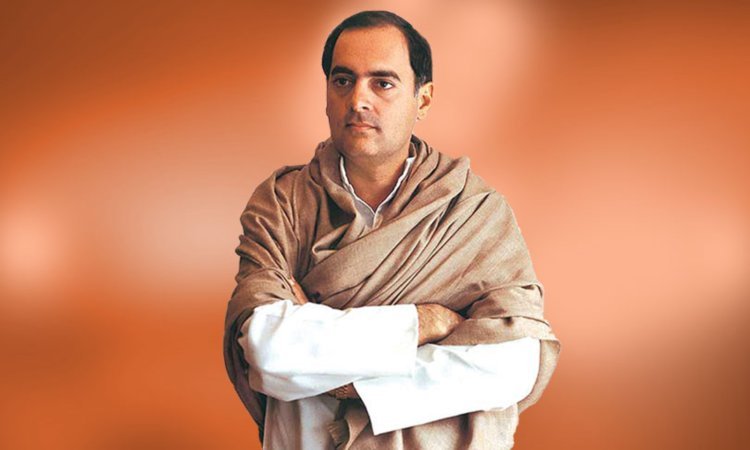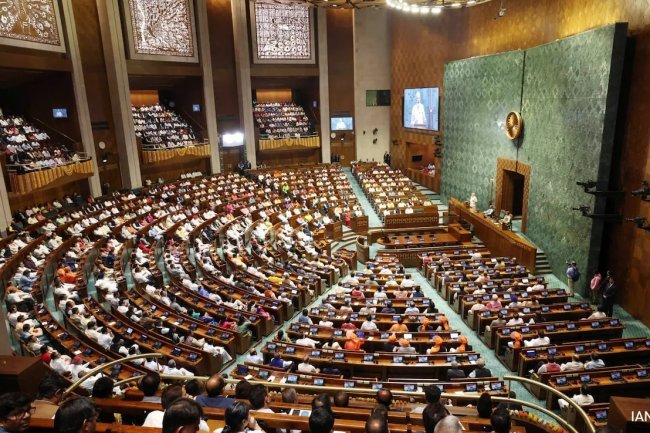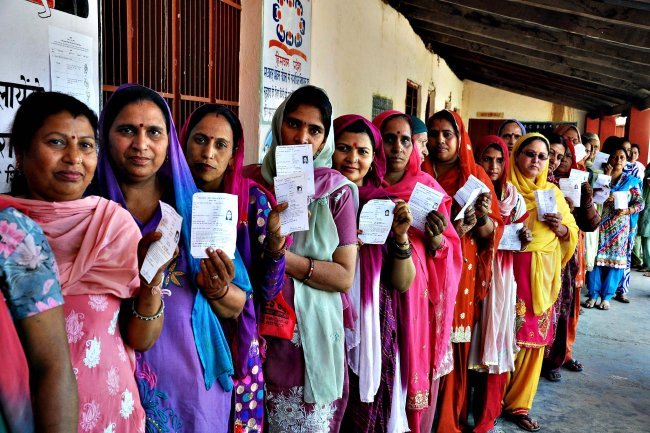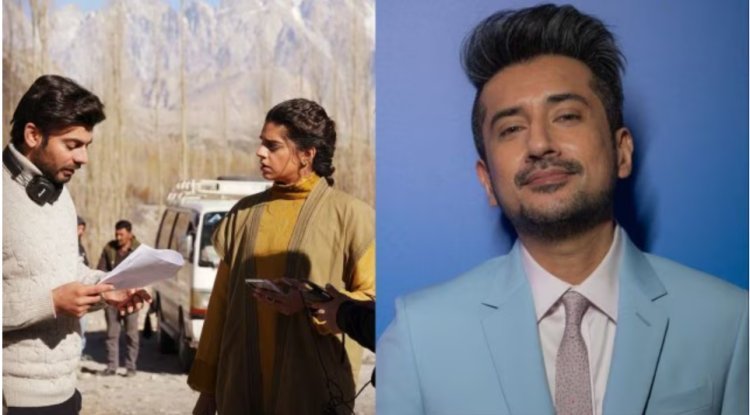Rajiv's Legacy: Unpacking the 1991 Manifesto and Liberalisation
Rajiv's Legacy: Unpacking the 1991 Manifesto and Liberalisation offers an insightful exploration into the visionary policies of Rajiv Gandhi. In this video, Ramesh delves deep into the 1991 manifesto that laid the groundwork for India's liberalisation.

Rajiv left numerous legacies like 1991 manifesto which talked about liberalisation: Ramesh
Rajiv left many legacies, including the 1991 manifesto that discussed liberalization, says Ramesh.
Former Prime Minister Rajiv Gandhi's political career was brief but very impactful. He left behind many legacies, including the 1991 manifesto that promised liberalization, said Congress leader Jairam Ramesh on Tuesday.
Ramesh honored Rajiv Gandhi's contributions on his death anniversary.
Former Prime Minister Rajiv Gandhi's political career was short but very impactful. He left many legacies that we now take for granted, said Congress leader Jairam Ramesh on Tuesday. These include allowing 18-year-olds to vote, empowering local governments with constitutional support, and promoting peace in regions like Assam and Punjab. He also led India into the IT and telecom era, used science and technology to solve societal issues, and strengthened space and nuclear programs. One often overlooked legacy is the 1991 manifesto, which promised liberalization.
"Only one newspaper, The Telegraph, highlighted its importance with the headline 'Congress promises liberalisation drive' and a picture of Rajiv Gandhi releasing the manifesto," said the Congress. On July 23, 1991, Dr. Manmohan Singh, as Finance Minister, cited this manifesto during a Congress Working Committee meeting to justify the economic reforms by the Narasimha Rao government, Ramesh added. Rajiv Gandhi, India's Prime Minister from 1984 to 1989, was assassinated by LTTE members in 1991 during an election campaign in Tamil Nadu.
What's Your Reaction?






















